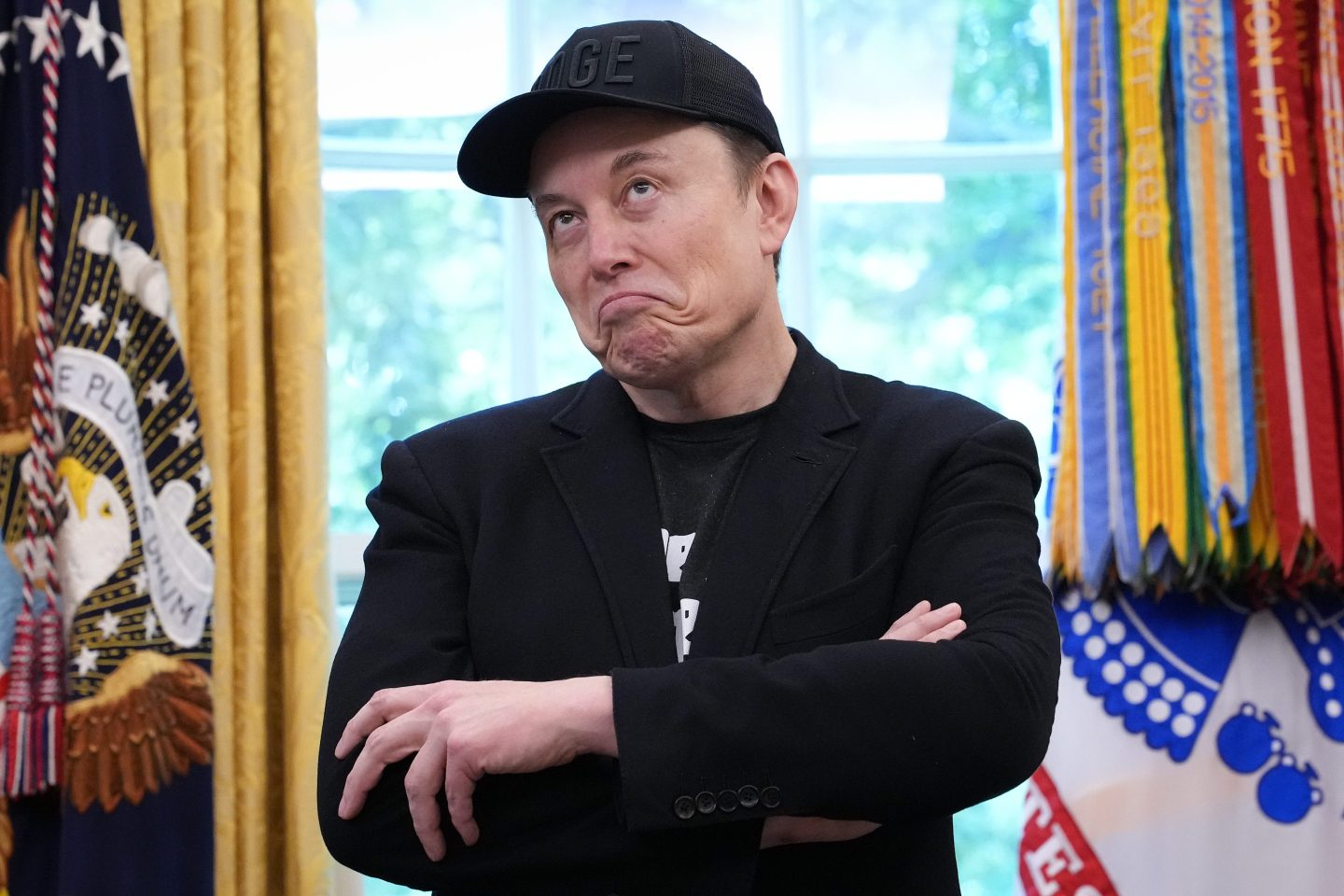A high-frequency trader in the United Kingdom has been criminally charged with manipulating the futures market and helping spark the infamous May 2010 “flash crash,” the Justice Department said.
Navinder Singh Sarao, 37, of Hounslow, United Kingdom, was arrested on Tuesday in the United Kingdom on charges of wire fraud, commodities fraud and manipulation.
The Commodity Futures Trading Commission also filed parallel civil charges against Sarao on Tuesday, calling him a “very significant player in the market.”
The Justice Department said it plans to request that he be extradited to the U.S.
Tuesday marks the first time that U.S. regulators have ever alleged that market manipulation played a role in the flash crash, in which the Dow Jones Industrial Average plunged more than 700 points before sharply rebounding.
The CFTC and Securities and Exchange Commission later published a report which traced the flash crash back to a computer-driven trade by a mutual fund which chose to sell a large number of E-mini S&P 500 futures contracts.
Reuters later identified the trader as Waddell & Reed Financial.
The DOJ said Tuesday that Sarao used an automated trading program to execute his scheme, which the department described as “dynamic layering.”
That strategy involved placing multiple, simultaneous large volume sell orders at different price points to create the appearance of substantial supply.
He then modified the orders frequently to keep them close to the market price, and canceled them without executing them. Then, when the prices fell, he would sell futures contracts and buy them back at the lower price.
[fortune-brightcove videoid=4180172991001]











